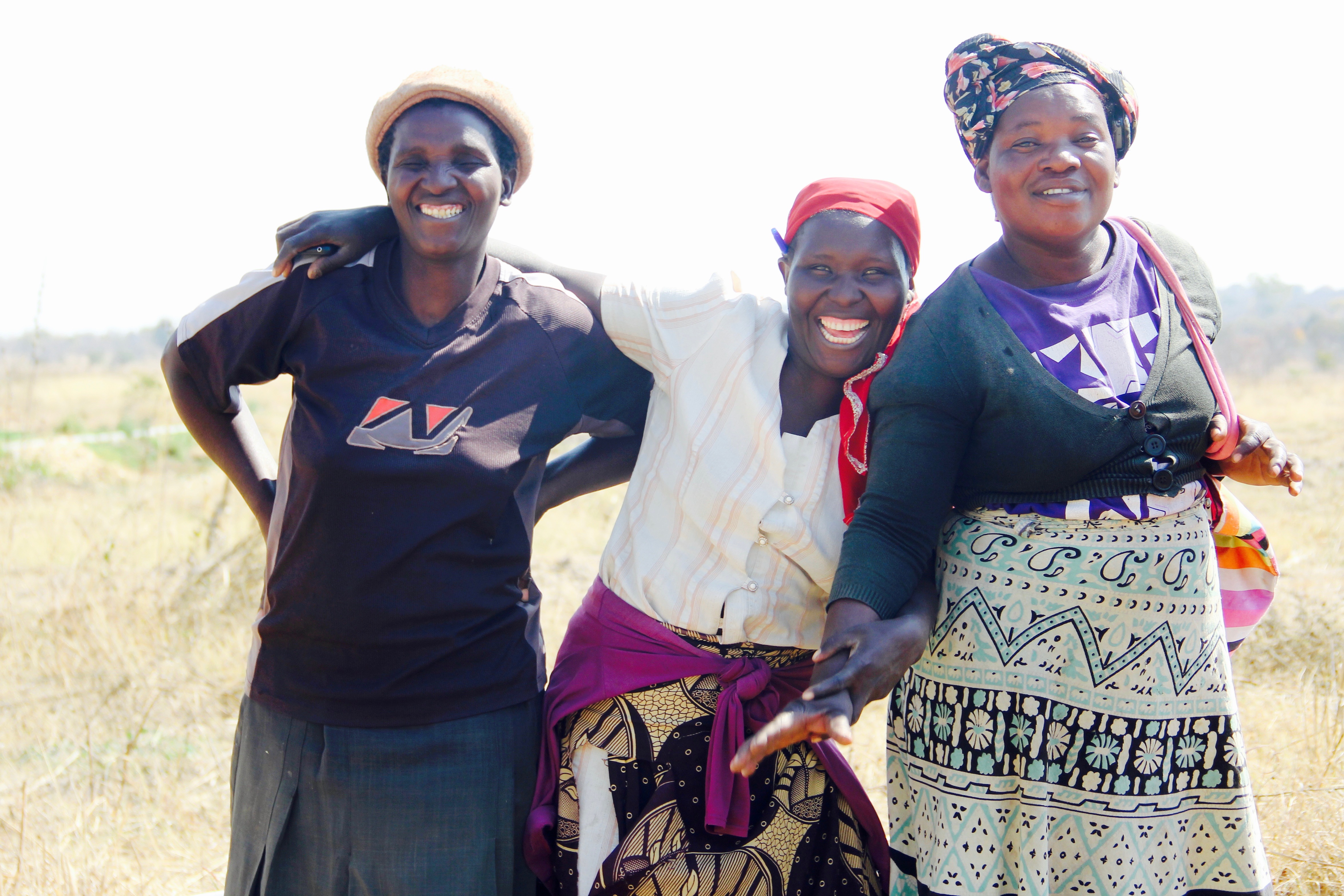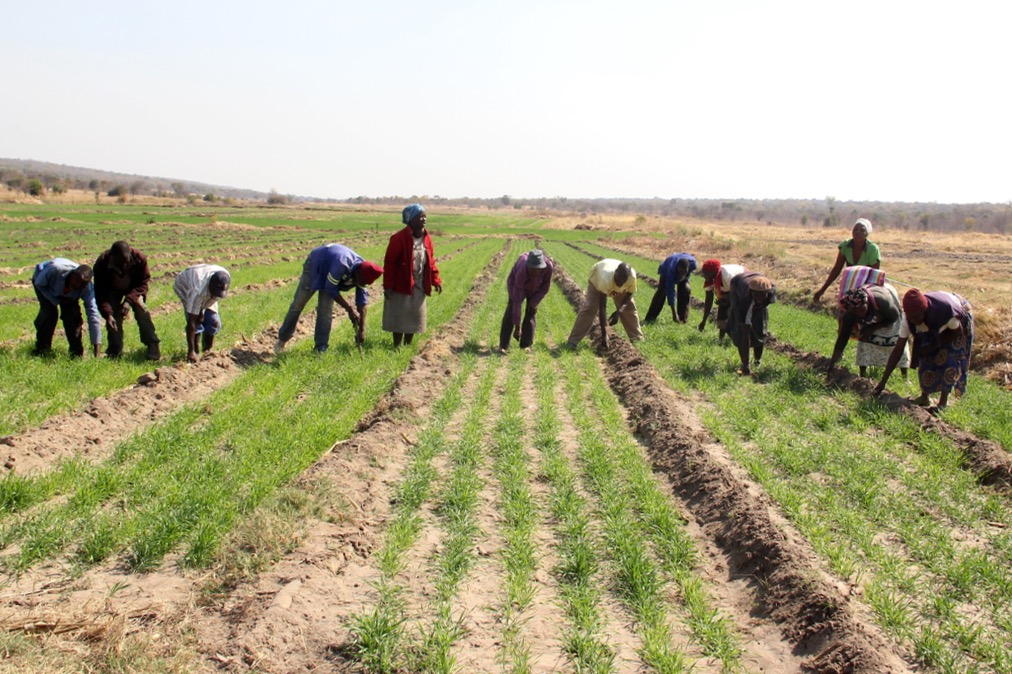World Vision irrigation project brings fields to life in Zimbabwe
Contributors - Crislyn Felisilda & Sibongumusa Ncube
On the dry and dusty road to the village of Makhovula in Zimbabwe, the effect of the prolonged drought is obvious — crops, grasses, and even trees are yellow or brown.
“We’ve experienced drought before but this year is the worst,” says Thamsanqa Makhuyana. But amidst the dry is a surprising expanse of green – 15 hectares that is in stark contrast to the surrounding landscape.
Some 13 years ago, when World Vision first started working in this area, warnings about climate change where being echoed in other parts of the world. The prolonged drought, caused by El Nino, has affected nearly four million people in Zimbabwe and drastically reduced farming yields, leaving thousands of livestock dead according to the government of Zimbabwe.
Today, climate change has become a tragic reality. So far, every month of 2016 has been the warmest month on record and no one feels it more than the farmers - men and women - on their knees tilling their crops under the scorching heat of the sun. On a continent where 70 percent of the population relies on agriculture, they are by no means unique. The Zimbabwean Government has also assisted needy families by providing food aid but it is insufficient in the face of such a major disaster.
Far reaching development
The recurrent droughts in the area led World Vision to establish an irrigation scheme back in 2009 that took advantage of the nearby dam. Despite the ever increasing environmental challenges that these farmers face, they realise how lucky they are. The scheme is a lifeline in times like these.
“I’m proud to feed hungry families in our district. We sell our crops to the neighboring communities so that children can have something to eat since most of the crops were destroyed by the drought,” says Hanana Dube, head of the production committee of the project which benefits 310 people - including 125 registered children. In Zimbabwe, majority of the population is dependent on maize farming and livestock and World Vision has been supporting the most vulnerable families by providing maize, onions, tomatoes, peanuts and winter wheat seeds.
Comprised of 60 farmers – half men and half women - the project is typical of World Vision’s holistic approach to development. Aside from irrigating the fields, farmers were trained on farm production, diversified cropping and marketing by the Agriculture Technical Extension (Agritex) Department.
The farmers take turns in looking after their crops as they prevent animals from eating the seedlings and destroying their crops. “Animals are also hungry and thirsty but we’re trying to stop them from damaging our plants,” adds Thamsanqa. To avoid completely losing livestock to the drought, many farmers were forced to sell their cattle at less than half of their normal value.
This year, the group planted 7.5 hectares of wheat, one hectare of onions and 2.4 hectares of maize. Although maize is the staple diet in Zimbabwe and many other countries in Africa, when farmers are short of maize, wheat is ground and made into isitshwala (staple maize meal eaten common throughout the continent). Some ground wheat is used to make bread for families. Instead of buying bread, they make it at home. Wheat meal feeds families during the lean months of the year - from October to February.
The irrigation scheme means that these farmers can also sell some wheat to neighboring villages for much needed cash. A 20kg bucket of wheat costs around $12 and farmers sell a few buckets from their harvest to increase their household income.
Helping others
Maize and peanuts were mostly affected by the drought, so the farmers planted drought-resistant crops like sorghum and millet. Last year, the farmers harvested 77 tons of crops. Although the drought has reduced that to 66 tons, Thamsanqa says, “The difference is not too bad. At least we can sustain our needs in the coming months.”
Since 2012, the farmers have been independent. They buy their own seed and pesticides and pay their own water bills. The current wheat crop will be harvested in September and farmers are already preparing to plant maize that will be ready by December. The 11 hectares under irrigation is planted throughout the year, alternating maize with vegetables and legumes.
As part of the agreement, 10 percent of their total income goes to the community, 30 percent for the farmers’ group and 70 percent for their individual’s income. Recently, they pooled enough money to pay for the school fees of two children whose parents didn’t have enough money.
“We’ve been praying for rains next month. We hope our group will be able to provide more harvests to feed more hungry families,” says Thamsanqa.

